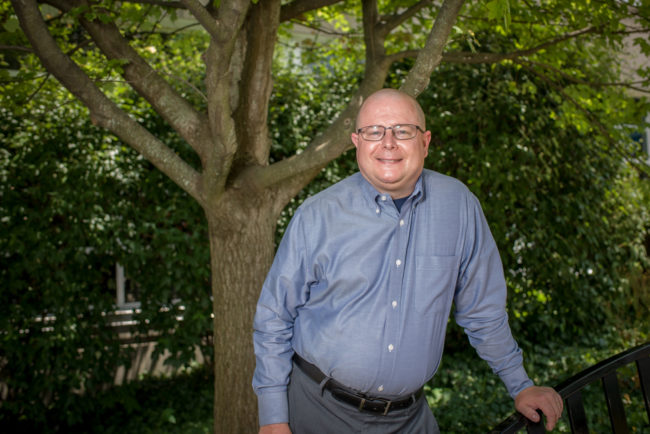
by SUSAN M. BRACKNEY
Caring for COVID-19 patients requires real mindfulness. Every footstep, every touch—and certainly every breath—matters. “You really had to slow down intentionally, so that you did not make mistakes, because in that environment … one breath could be the difference between getting COVID and not getting COVID—and, therefore, the ability to transmit it to someone else,” says Dr. Brad Erickson.
Erickson directs Indiana University Health Bloomington Hospital’s Pulmonary Critical Care Services. He helped fellow pulmonary caregivers prepare for the coronavirus surge and cared for some of the area’s first COVID-19 patients. “When doing critical care procedures, you have to do it in a very closed, protected environment,” he says. “Getting all the equipment that you needed in there at once took time as well. And you had to have everybody present in the room when you did it, so that you weren’t having to break containment.”
Not to mention the additional handwashing and donning, doffing, and disposal of personal protective equipment (PPE). “Your ability to see the volume of patients that you would normally was reduced significantly,” Erickson says.
“One of the saddest parts in dealing with this pandemic was that families were not allowed to be in the hospital,” he says. “Given the deadly nature of the virus, we had a lot of compassion and empathy for patients and families who were not able to see their loved ones—and often that was during terminal events when they were dying. We did make arrangements for that for folks who were passing away, but sometimes it happened so quickly that there wasn’t time.”
Erickson acknowledges Bloomington could’ve been hit much harder. With IU and Ivy Tech closed for spring break, student population numbers were reduced. Being quick to quarantine also helped.
And now? “We’re more open and exposed than we have been,” Erickson says. “This virus [affects] not necessarily just old people or sick people. It’s anybody. It’s one of those things that, if you don’t see it, you don’t appreciate it. But, once you’ve seen it, you understand it, and it sticks with you.”


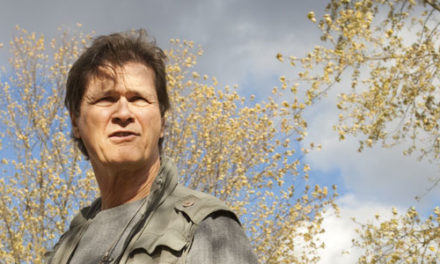
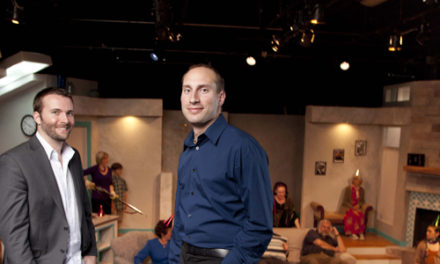
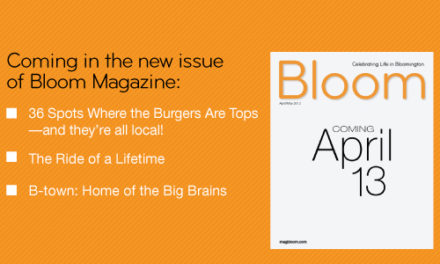
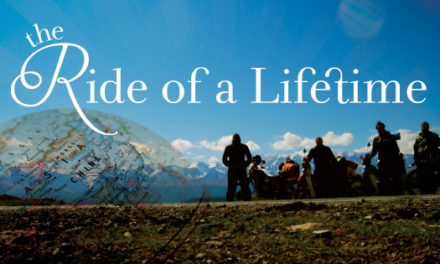





Thank you Dr. Brad Erickson!! Your family loves your dedication and perseverance!!